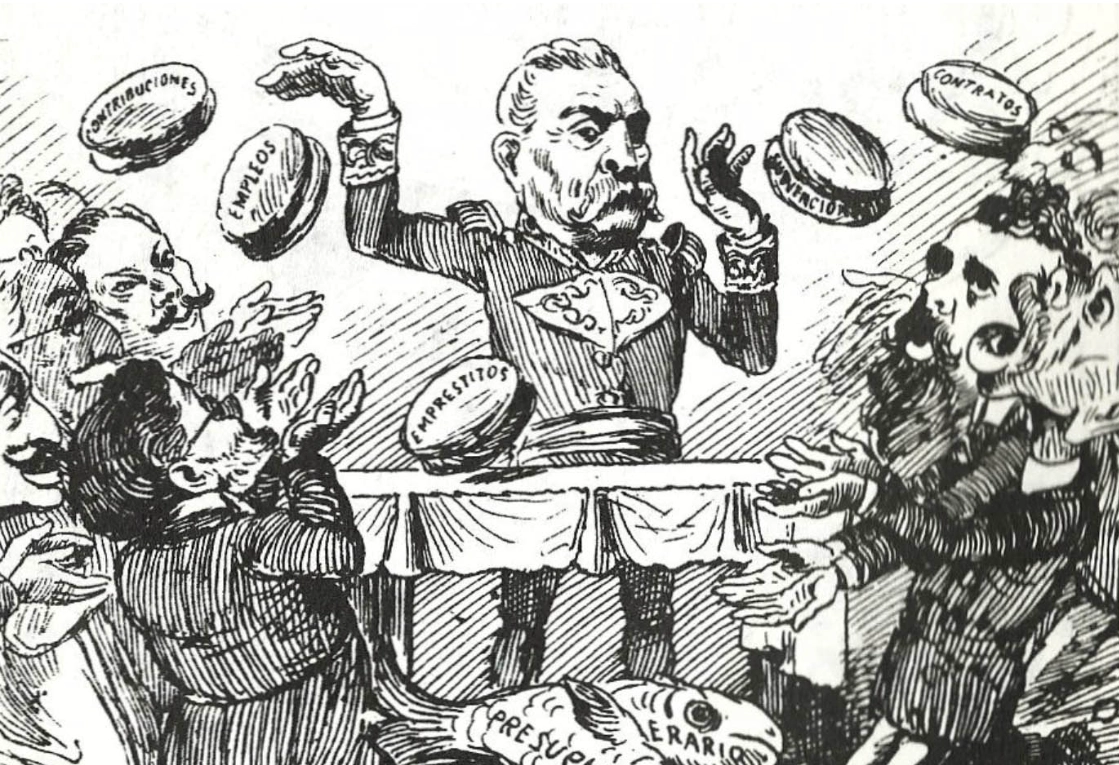How do political caricatures help us to think about the dynamics with which social moods and public opinion are constructed? Mexican President Andrés Manuel López Obrador has had a particular relationship with these funnies. On the one hand, while he applauds the caricatures that ridicule his adversaries and the opposition blocs, he disqualifies the media cartoonists that are not in line with his government project. This turns cartoons, as well as journalists, into relevant actors in politics and, sometimes, into the target of politicians.
Another example is the case of former President Donald Trump. How can we forget the censorship of cartoonists such as Michael de Adder when he gave a face to the victims of the migratory crisis in the northern border of Mexico or the decision of “The New York Times” to exclude cartoons in its international section because of a cartoon that annoyed the former president?
In Mexico, the relationship of graphics with politics and society as a whole has been so important that in the capital there is a museum dedicated to caricature and a subway station upholstered with illustrations by Mexican cartoonists. Names such as Gabriel Vargas, Eduardo del Río, Abel Quezada, Manuel Ahumada, Rogelio Naranjo and Helio Flores, to mention a few, are deeply rooted in the Mexican imagination. Quite a revelation at a time when overexposure to all kinds of digital images prevails.
The relationship between caricature and Mexican politics is not recent; this genre was born almost simultaneously with the emergence of the nation state. The first political cartoon appeared a few years after the achievement of independence. Tiranía, considered the first Mexican political caricature, was published in 1826 by the Italian Claudio Linati, together with Fiorenzo Galli and the Cuban poet José María Heredia, who installed the first typographic apparatus in the country and founded the biweekly El Iris.
Although the magazine lasted only a few months, it was the beginning of a long tradition that would become part of the Mexican reality with force from the second half of the 19th century. More printing presses, the circulation of a greater number of newspapers, the creation of a Mexican style of caricatures far from the French style are some of the factors that allowed the maturation and consolidation of this genre in Mexico.
However, it was with the appearance of the newspaper La Orquesta, between 1861 and 1877, that the Mexican political caricature was established as a recurrent element. It was the first publication in which caricatures would be an inherent element: in each issue the editors and cartoonists, who were sometimes the same, issued harsh criticisms of power from the images they published.
Some of the processes addressed in the different periods of the publication were the French and American invasions, the Second Mexican Empire, the tensions between the Powers of the Union, the Reform War, the tensions between liberals and conservatives, and the reelections of President Juarez.
The political caricature emerged as a major actor in Mexico precisely because of its criticism of power. This double virtue of challenging power, but from a satirical or humorous point of view, is what has made it so effective and solid. Political caricatures often become a mockery of the powerful that, for a moment, abolish their halo of seemingly untouchable authority.
However, caricatures not only seek to generate humor but also arouse sadness, anger, indignation or fear. Sometimes, with simple strokes, political caricature affects us: some feel annoyed, some are touched by it, and others feel uncomfortable with it.
In short, caricatures translate the state of public opinion not only from their contents and provocations but also from the reactions they generate. And, in doing so, they become an actor capable of shaping the public agenda. Whether we are talking about drawings projected in graphic prints such as newspapers or memes circulating in social networks, their power is undeniable.
*This text is written within the framework of the X WAPOR Latam congress: www.waporlatinoamerica.org.
Translated from Spanish by Janaína Ruviaro da Silva












